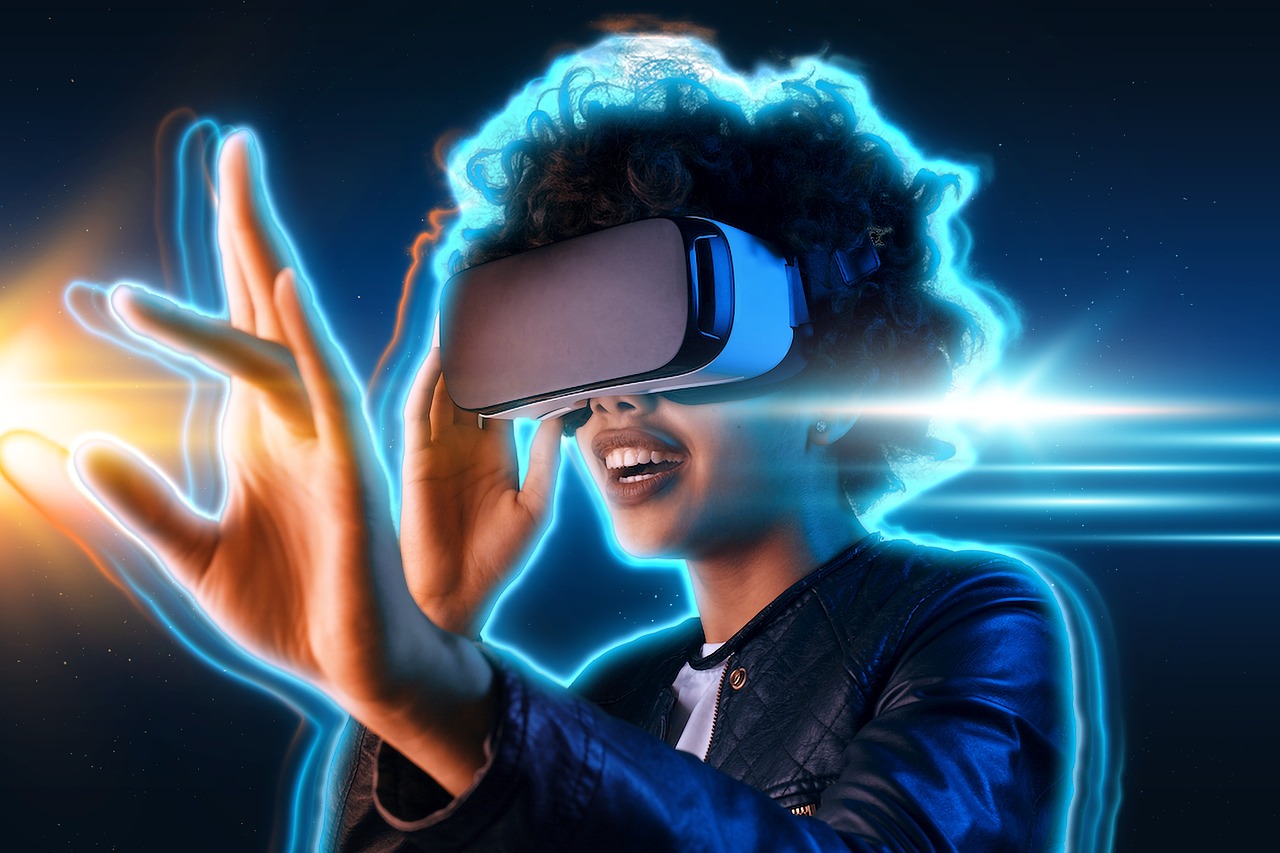Wearable Technology Is Revolutionizing Healthcare and Fitness
Have you noticed how our gadgets are getting smarter, sleeker, and more integrated into our daily lives? Well, nowhere is this more evident than in the realm of healthcare and fitness. Wearable technology is revolutionizing how we approach our health, and it’s more exciting than a new season of your favorite show. Let’s dive into how these tiny devices are making a big impact.
1. Health Monitoring On-the-Go
Remember the days when monitoring your health meant a trip to the doctor and a slew of tests? Wearables like smartwatches and fitness trackers have turned that notion on its head. Now, you can keep an eye on your heart rate, blood oxygen levels, and even your ECG from the comfort of your home. These devices provide real-time data, helping you stay on top of your health and catch potential issues before they become serious problems. It’s like having a mini health clinic strapped to your wrist!
2. Fitness Tracking and Motivation
Let’s be honest, staying motivated to work out can be tough. But what if your fitness tracker could give you that extra push you need? Wearables track your steps, calories burned, distance traveled, and even the quality of your sleep. They set personalized goals, remind you to get up and move, and celebrate your achievements with you. Whether you’re training for a marathon or just trying to hit 10,000 steps a day, these devices are like having a personal cheerleader, encouraging you to stay active and healthy.
3. Personalized Healthcare
Gone are the days of one-size-fits-all healthcare. Wearable technology allows for personalized health insights tailored specifically to you. Devices can monitor your daily activities, sleep patterns, and vital signs, providing data that can be shared with your healthcare provider. This enables more accurate diagnoses and treatment plans that are customized to your unique needs. It’s healthcare that’s as unique as you are.
4. Chronic Disease Management
Managing chronic diseases like diabetes, hypertension, and respiratory conditions can be a daunting task. Wearable devices are making it easier. Continuous glucose monitors help diabetics keep their blood sugar levels in check, while smart inhalers help asthma patients manage their condition more effectively. These tools provide real-time feedback and actionable insights, making chronic disease management less stressful and more manageable.
5. Mental Health Support
Wearable technology isn’t just about physical health; it’s also making strides in mental health. Stress monitoring features, guided breathing exercises, and mindfulness apps integrated into wearables can help manage anxiety and stress levels. By tracking physiological signs of stress, these devices can prompt you to take a break, breathe deeply, and practice mindfulness, contributing to better overall mental well-being.
6. Innovative Features and Future Prospects
The innovation in wearable technology doesn’t stop here. New features are constantly being developed, from hydration monitoring to UV exposure tracking, and even detecting early signs of illnesses like COVID-19. The future of wearable tech promises even more advanced capabilities, integrating seamlessly with our lives and transforming how we approach health and fitness.
Wearable technology is more than just a trend; it’s a revolution in how we manage our health and fitness. These devices offer convenience, real-time insights, and personalized data that empower us to take control of our well-being. As technology continues to advance, the possibilities are endless, making our future healthier, smarter, and more connected than ever.














Post Comment